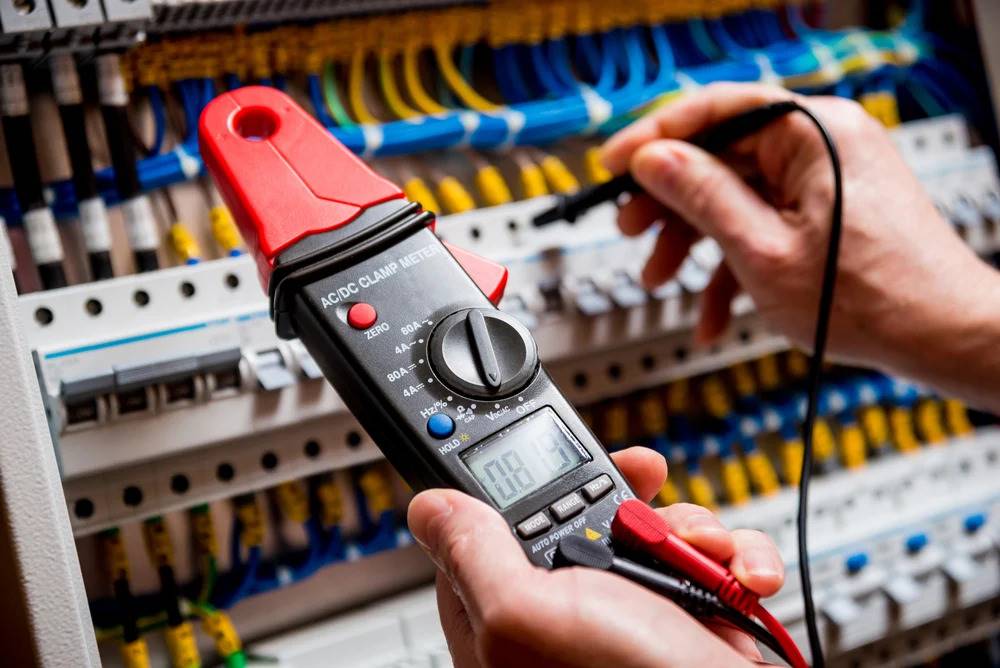In today’s fast-moving business world, technology plays a big role in success. Many companies invest in fast computers and advanced tools, but forget one important thing – their cabling system. Structured cabling is the backbone of communication in any office. It helps your devices, phones, and networks work smoothly together.
This simple but powerful system can give your business a solid foundation to grow. Let’s take a closer look at how structured cabling brings hidden benefits that support long-term success.
What Is Structured Cabling?
Structured cabling is a system of organized cables and connectors used to support all communication systems in a building. Instead of messy wires running in every direction, it creates a clean, easy-to-manage layout.
This system includes cables for internet, telephone, video, and other services. Everything runs through one neat setup, which makes it easier to manage and fix when needed.
Better Performance and Speed
With structured cabling, your internet and phone lines run faster and smoother. There are fewer problems with dropped calls, slow downloads, or lost connections.
This helps your team stay productive. A reliable network means faster communication with clients and better teamwork within your staff.
Easier Troubleshooting and Maintenance
If something goes wrong with your network, structured cabling makes it easier to find and fix the issue. You don’t have to guess which wire does what.
This saves time and reduces downtime. When your system is well-organized, repairs take minutes instead of hours.
Scalable for Business Growth
As your business grows, you will add more computers, phones, and devices. A structured cabling system is easy to expand without tearing everything apart.
You can add new lines or upgrades without redoing the whole system. This makes your setup future-ready and avoids high upgrade costs later.
Reduces Long-Term Costs
Structured cabling may cost more at the start, but it saves money in the long run. Because it lasts longer and needs fewer repairs, your business avoids frequent tech bills.
Also, easy maintenance means you don’t always need to hire outside help. It’s a smart investment that pays off over time.
Supports Multiple Systems Easily
Your business may use different systems – computers, phones, printers, and video calls. Structured cabling can handle all of them in one setup.
This means fewer cables, less mess, and no confusion. Everything works together smoothly, helping your team focus on their work.
Looks Clean and Professional
A messy office with tangled wires can look unprofessional and unsafe. Structured cabling creates a clean and tidy setup that shows your business cares about quality.
This helps impress clients, pass safety checks, and create a better work environment for employees.
Improves Security and Organization
Structured cabling makes it easier to control and protect your network. You know where everything is and can spot problems quickly.
It helps your IT team organize systems better and respond faster to any issues. It also keeps your company data safe from threats.
Saves Time & Money in the Long Run
Structured cabling is an investment that pays off. While the initial setup cost may be higher than traditional wiring, long-term savings are significant.
- Reduces IT maintenance and repair costs
- Prevents costly downtime and lost productivity
- Extends the lifespan of IT infrastructure
Businesses that invest in structured cabling spend less on IT troubleshooting and equipment replacement over time.
Prepares Your Office for the Future
Technology is always changing. A structured cabling system makes it easy to adopt new tools and upgrades as they come.
Whether it’s faster internet, better phone systems, or smart office devices, your setup will be ready for the future without needing a full rebuild.
Reduced Downtime & Faster Troubleshooting
Network downtime can cost businesses thousands of dollars in lost productivity. Structured cabling minimizes downtime by:
Clearly labeling & organizing cables for quick issue detection.
Eliminating connection errors that occur with messy, unstructured wiring.
Allowing IT teams to troubleshoot efficiently without disrupting daily operations.
Studies show that companies lose an average of $5,600 per minute of downtime. A structured network prevents unexpected outages and keeps operations running smoothly.
Conclusion
Structured cabling might not be the most exciting topic, but it plays a big role in your business growth. It improves speed, safety, and organization, and helps your company get ready for the future.
If you want your business to grow smoothly and avoid tech problems, investing in structured cabling is a smart move. For more insights on business technology and digital solutions, visit USA Time Magazine and stay ahead in the digital world.
FAQs
Q1: What is structured cabling in business?
A1: Structured cabling is an organized way to connect all devices, like computers, phones, and internet systems in an office using a single network layout.
Q2: How does structured cabling improve performance?
A2: It helps reduce connection issues, makes internet and phone lines faster, and keeps your team working smoothly without network problems.
Q3: Is structured cabling good for business growth?
A3: Yes, it allows easy upgrades, supports more devices as your company grows, and keeps your IT system strong and ready for the future.
Q4: Does structured cabling save money?
A4: Yes, it reduces the need for repairs, lowers tech maintenance costs, and avoids expensive rewiring when expanding your system.
Q5: Can small businesses use structured cabling?
A5: Absolutely. Structured cabling works for small offices, too. It keeps things organized and helps small businesses grow with less hassle.
